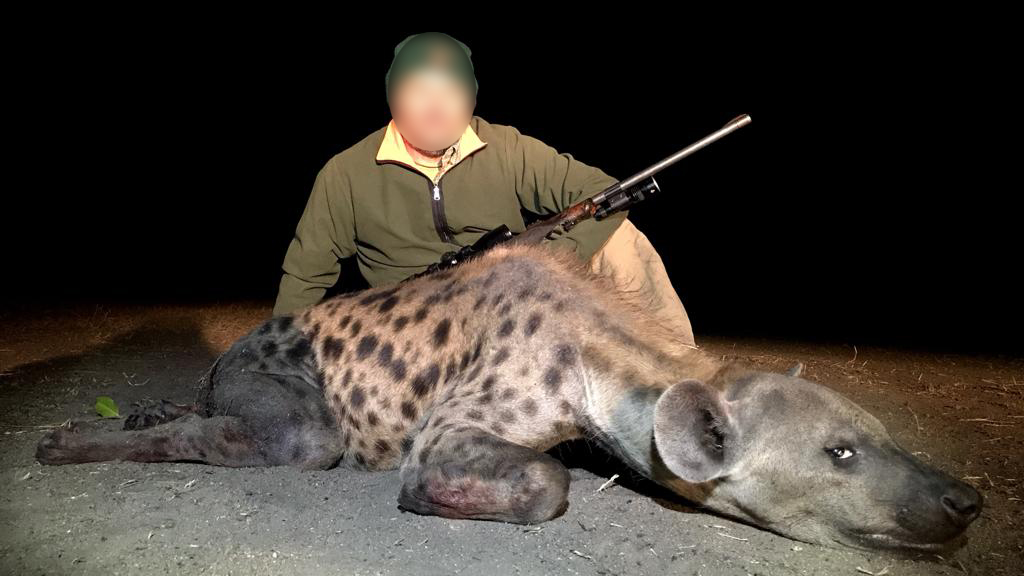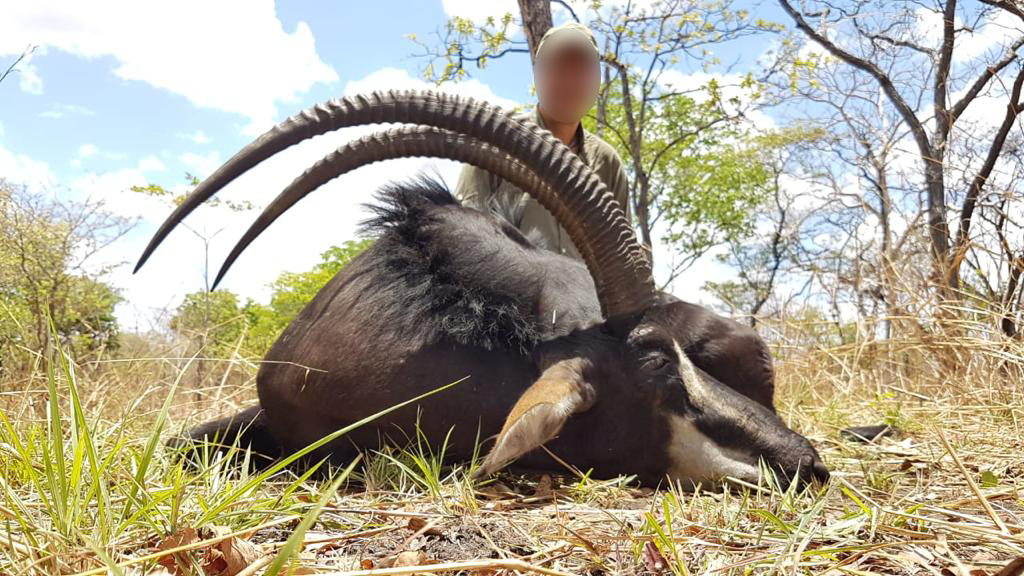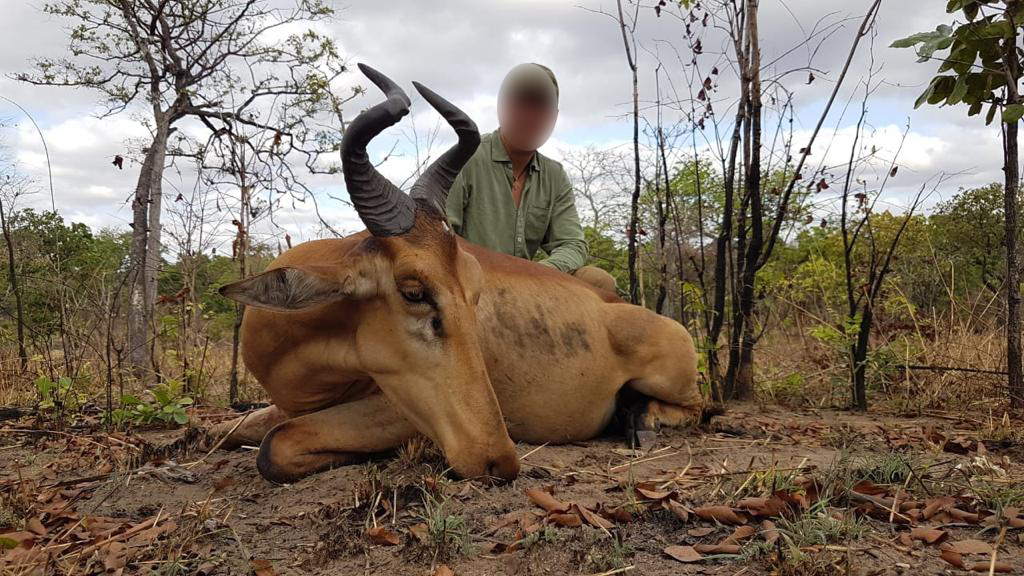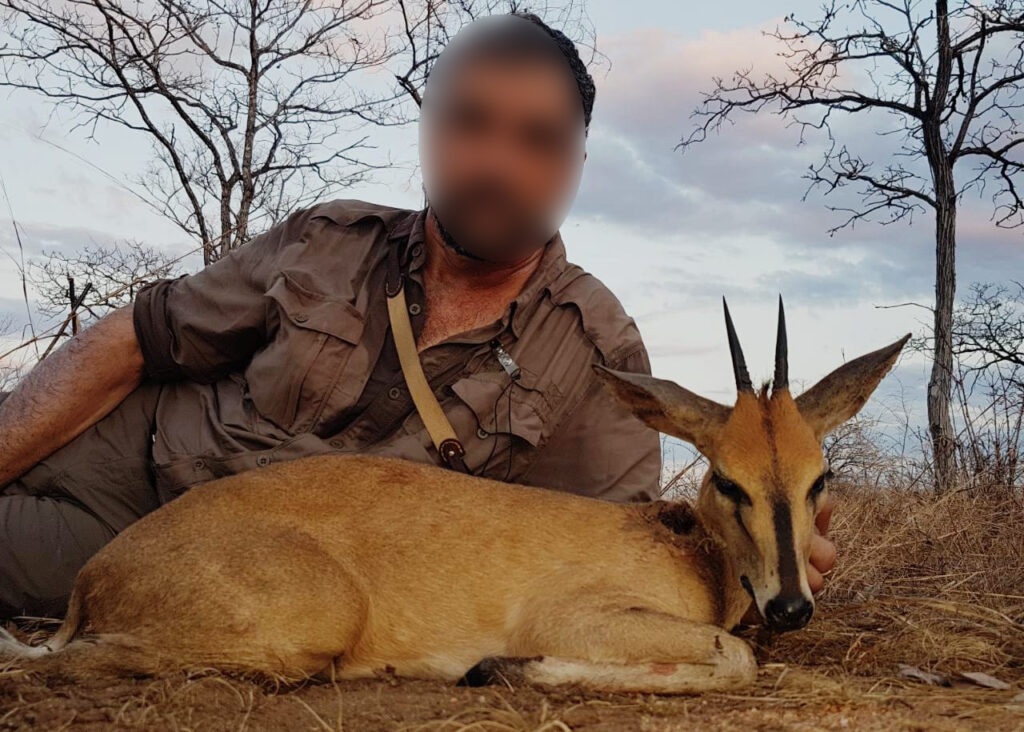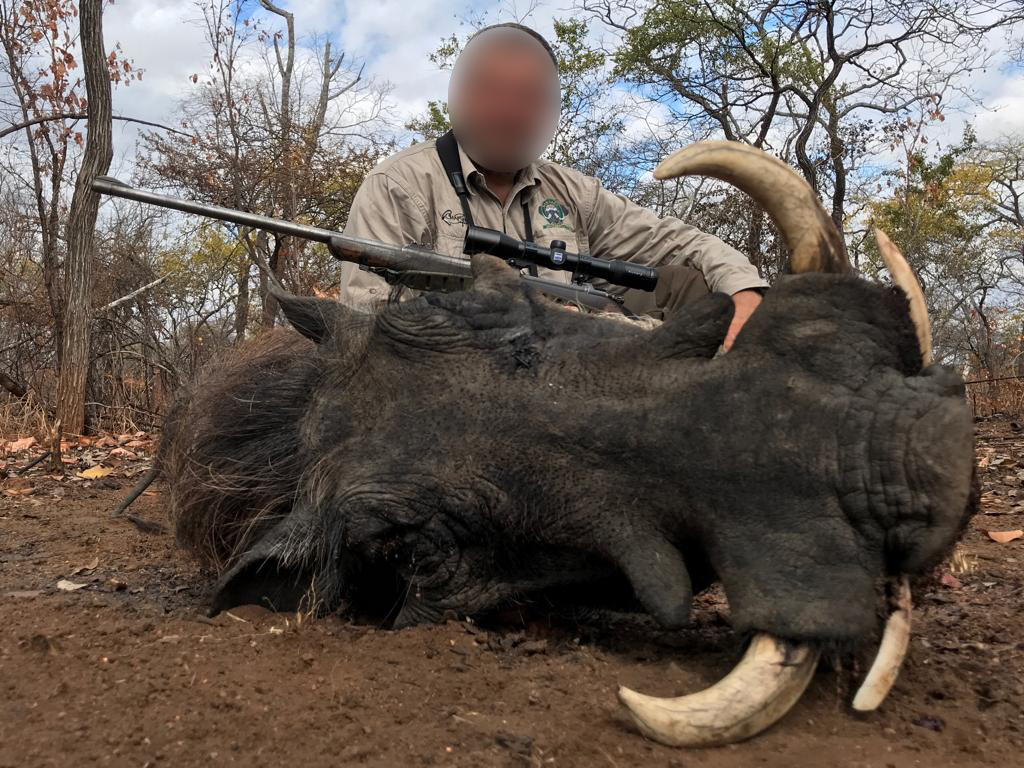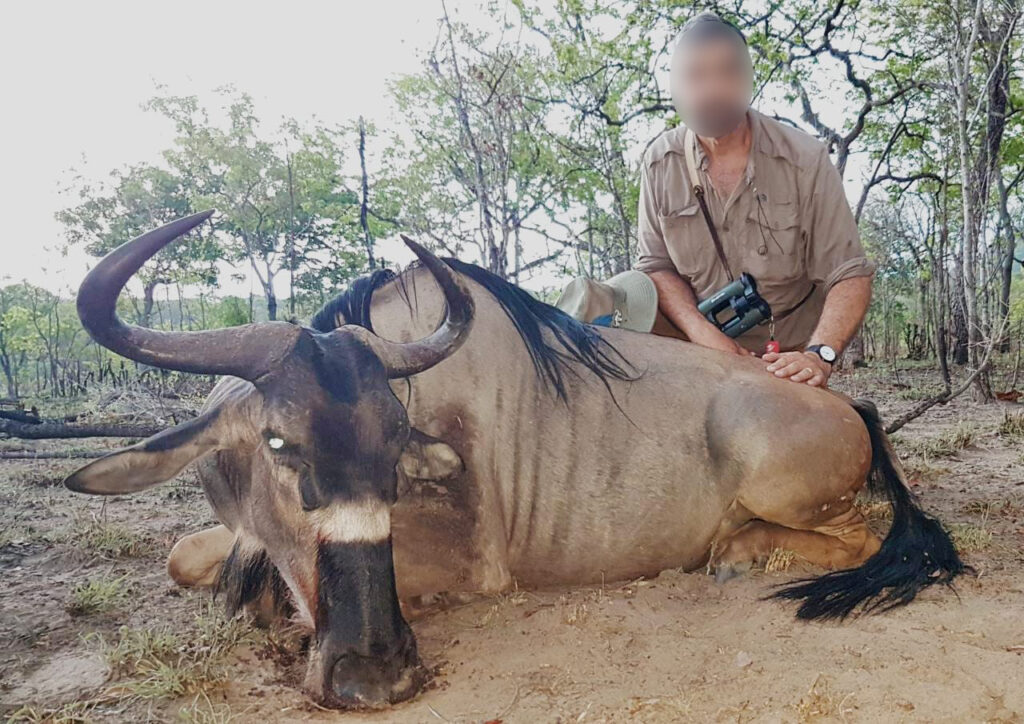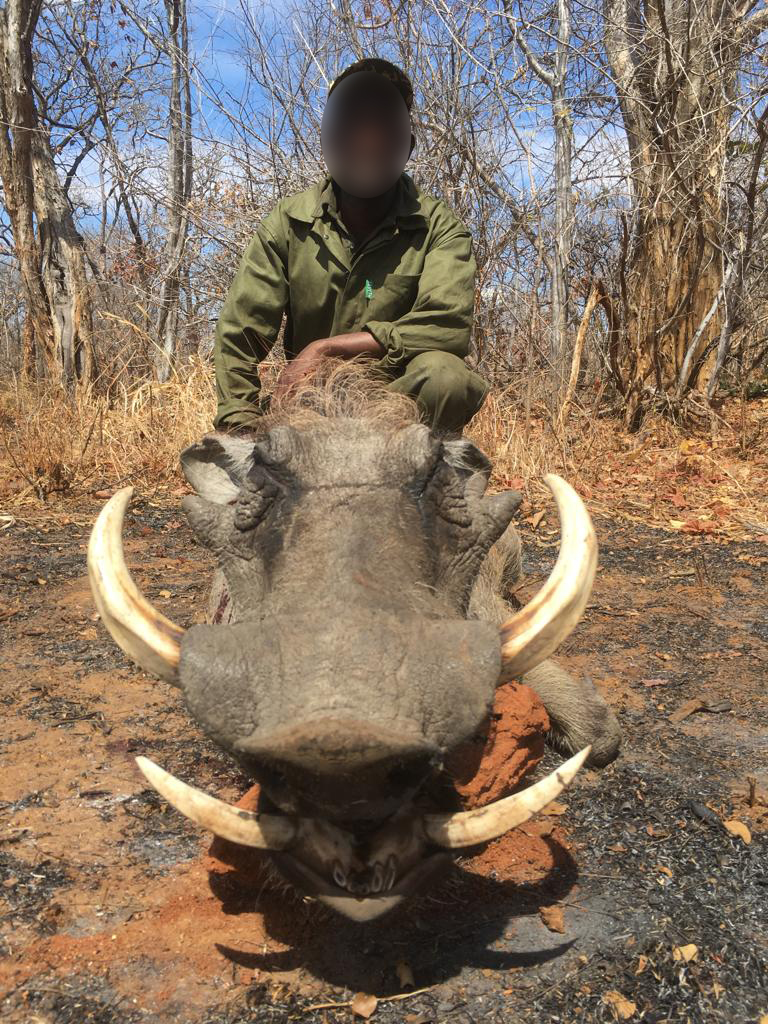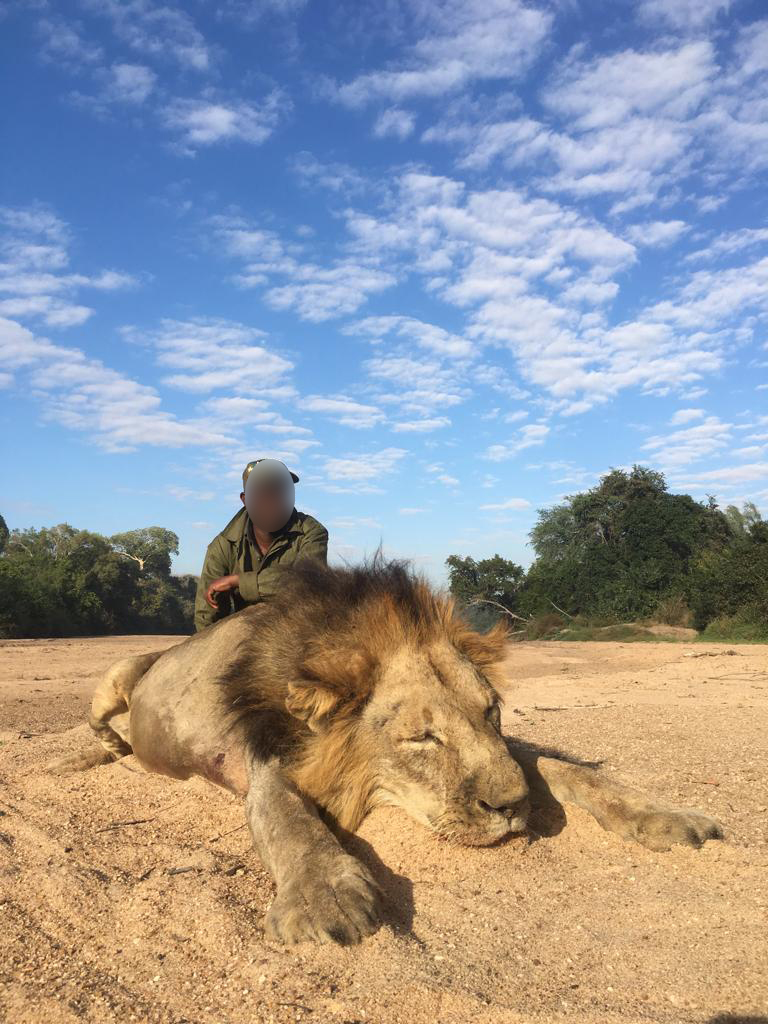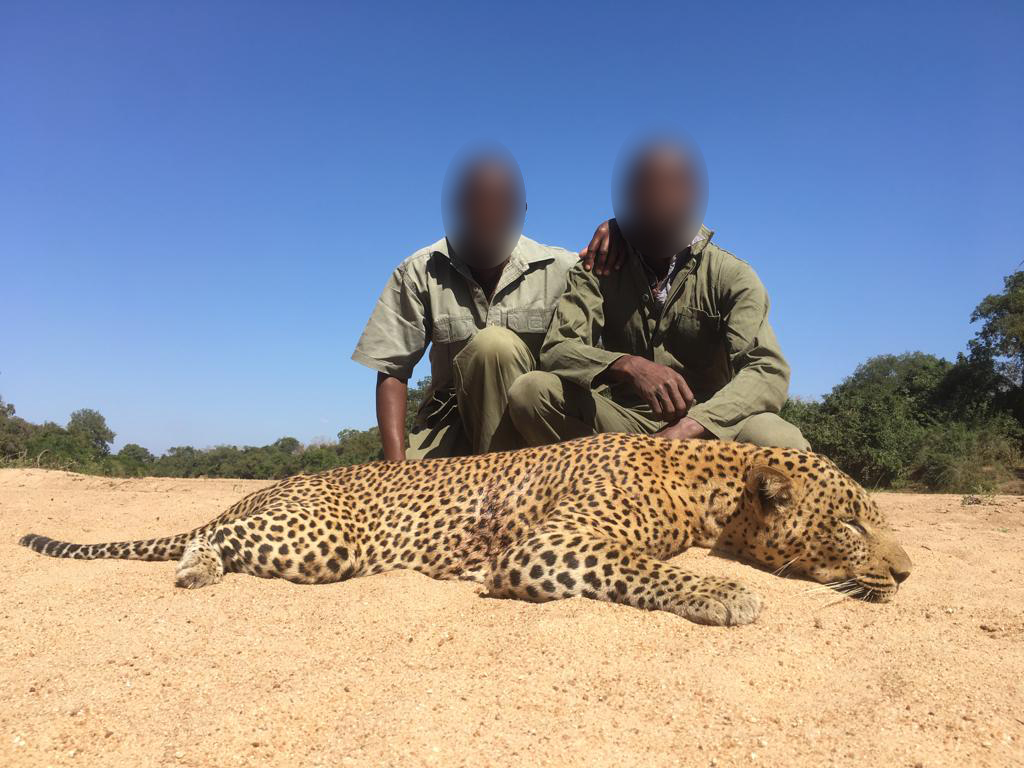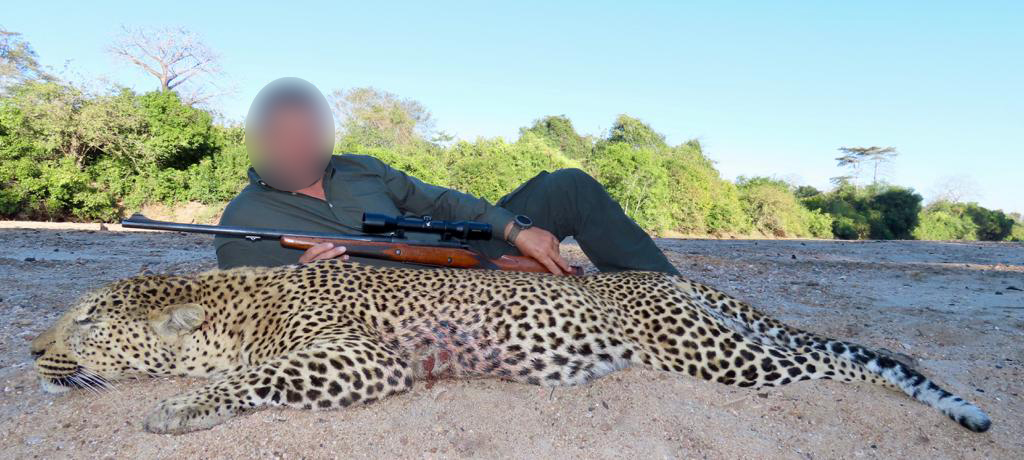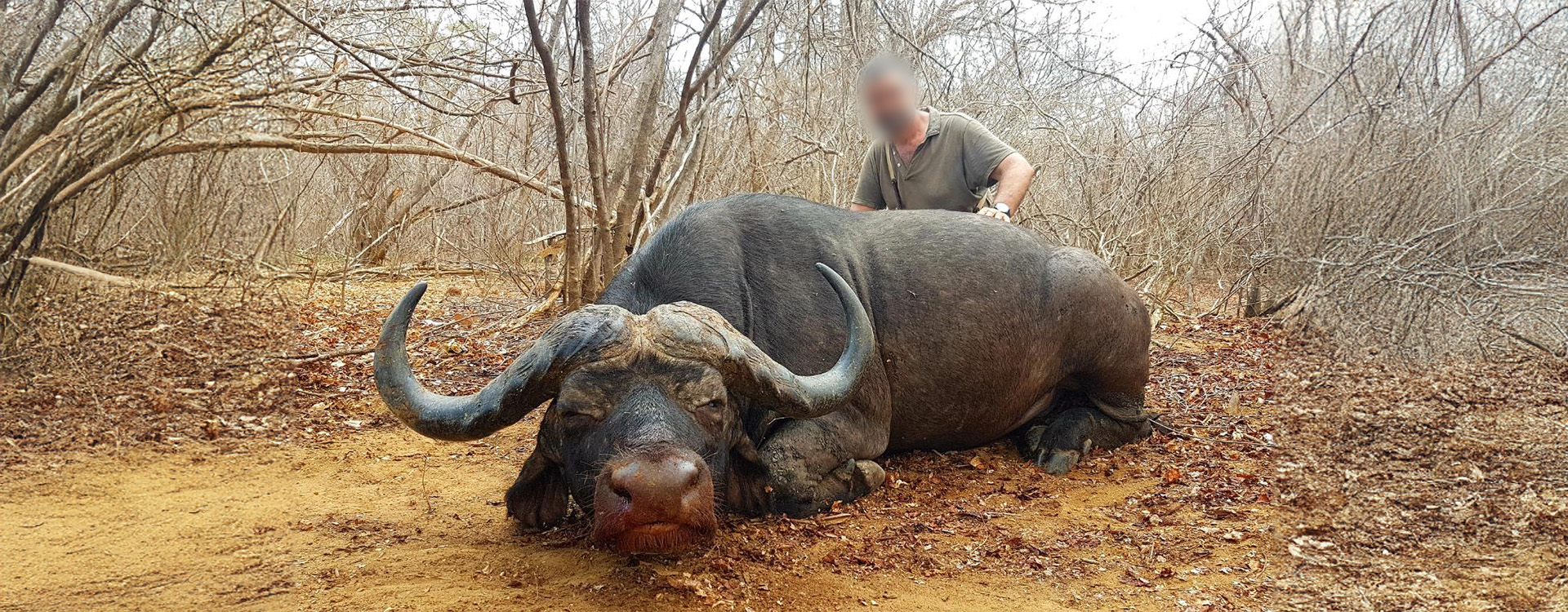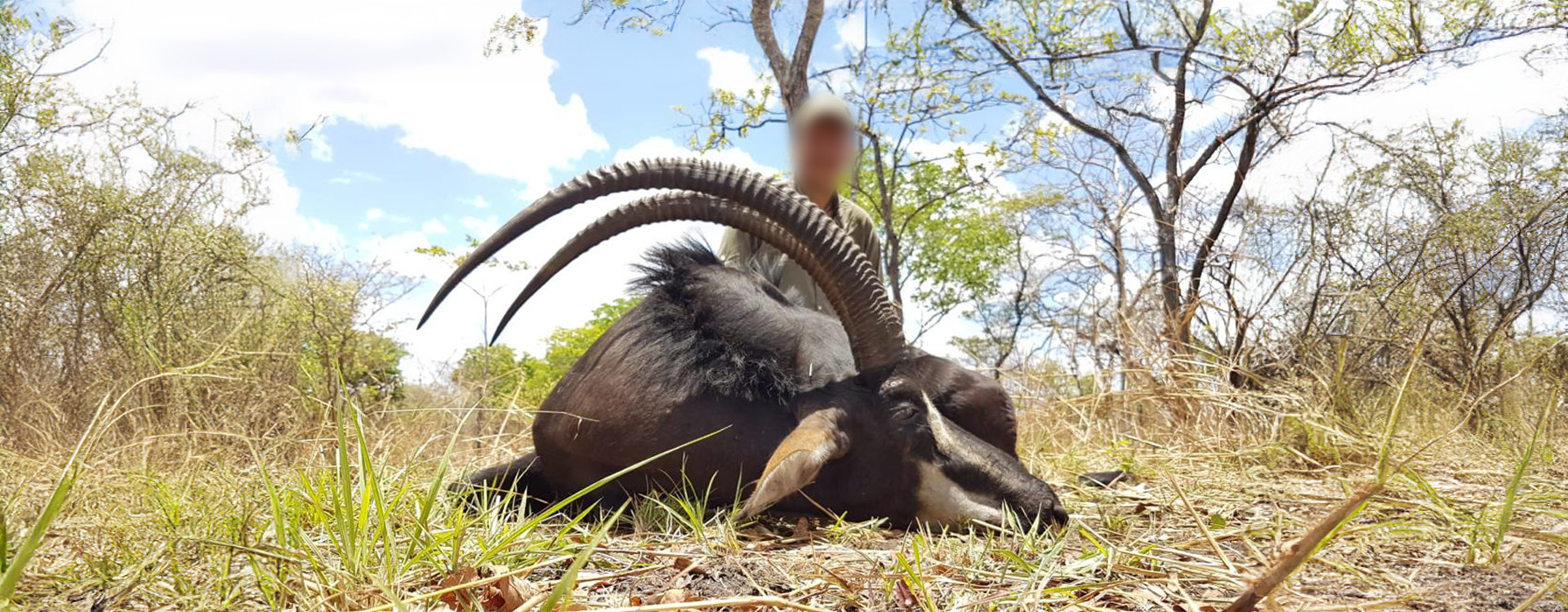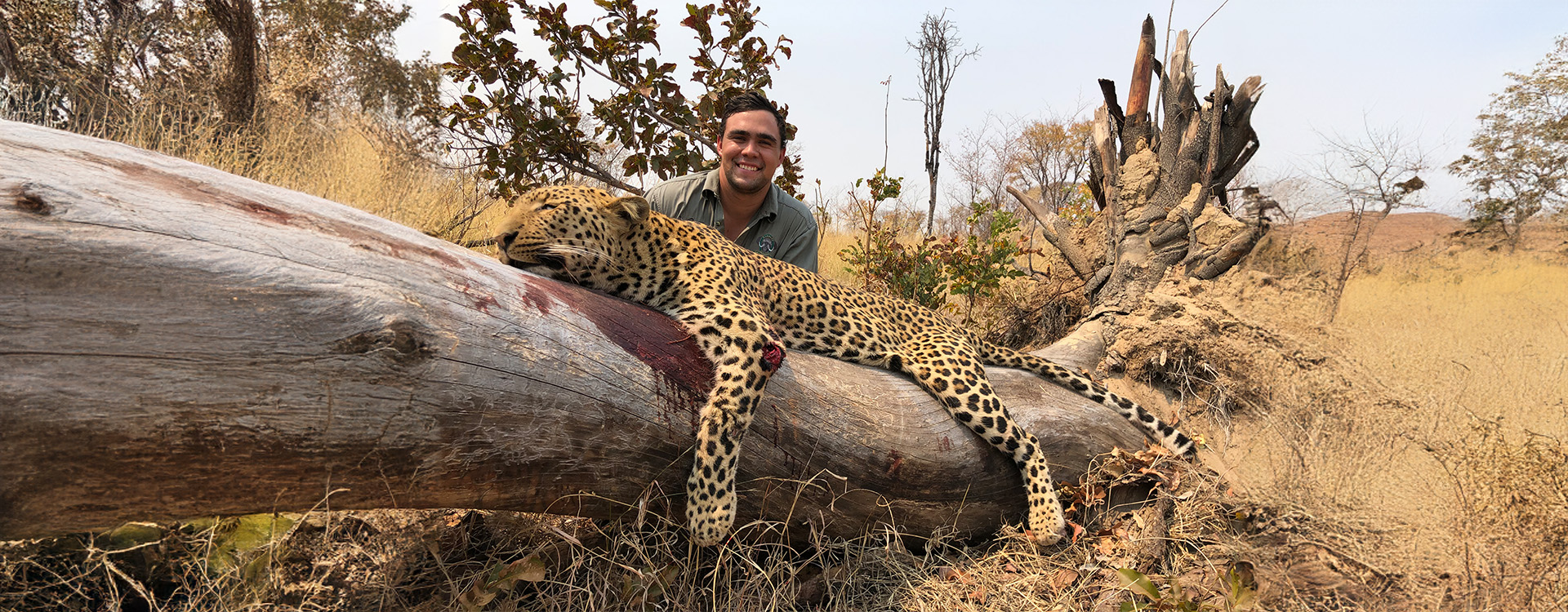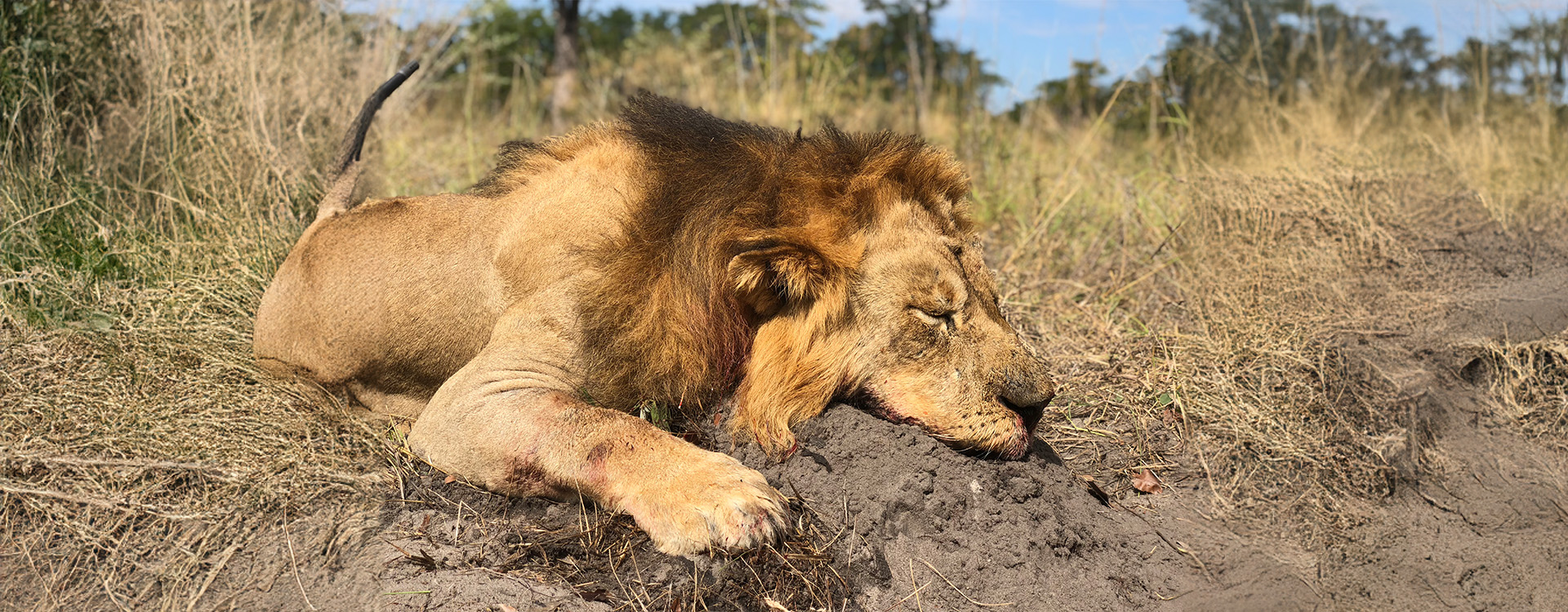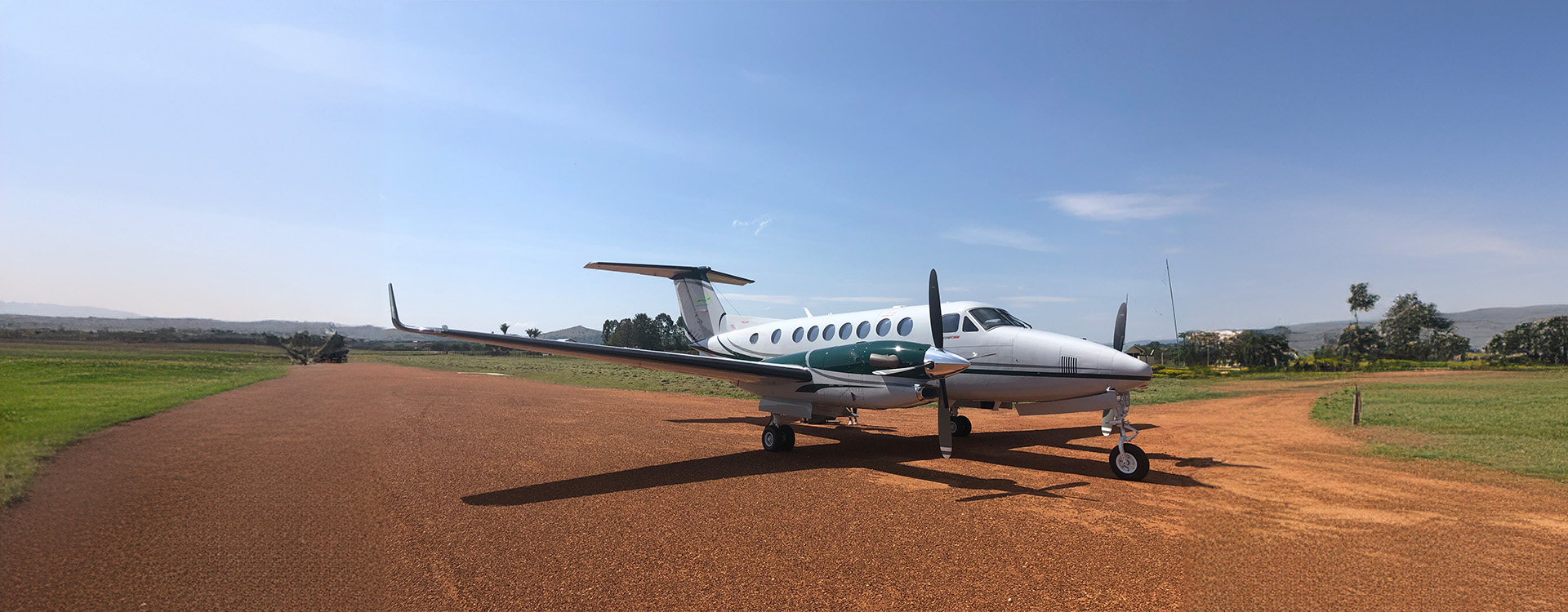KAMP Litule, Niassa Reservat
Mosambik ist berühmt für herausragende Jagden auf Kaffernbüffel, Rappenantilopen, Leoparden, Löwen, Flusspferden und wirklich starken Krokodilen
Das Litule Kamp liegt im Nordosten des Niassa-Nationalreservats und verfügt über eine 31 Meilen lange Uferpromenade vom Lugenda- und Rovuma-Fluss, der die Grenze zu Tansania bildet.
Den ganzen Tag über kann man Wild beobachten, das seinen Durst im kühlen, ganzjährig fließenden Wasser löscht, das über 300 Meilen entfernt in den Bergen im Westen, nahe der Grenze zu Malawi, entspringt. Unser luxuriöses Zelt-Kamp Litule liegt an diesem Flussufer zwischen Baobabs, großblättrigen Kastanien und Feigenbäumen. Man wird begleitet von fröhlichen Vogelstimmen und am Ende des Jagdtages haben Sie den Luxus, sich in die bequemen Safarizelte zurück ziehen zu können Diese Zelte sind mit einem eigenem Bad und einem großzügigen Queen Size-Bett ausgestattet, und der Ess- und Wohnbereich im Freien bietet einen spektakulären 3-Meilen-Blick auf den Lugenda-Fluss.
Für Stromversorgung und WLAN sorgen Generatoren und 12-Volt-Batterien. Der Zugang zum Kamp Litule kann mit einem Charterflugzeug von Pemba aus arrangiert werden und Sie landen direkt am Kamp auf einer Graspiste. Miombo-Wälder, Flüsse, Granitberge und Grasland sind die Merkmale dieses wunderschönen Jagdgebiets. Da dies ein Malariagebiet ist, empfehlen wir, eine Prophylaxe mitzubringen.




Generelle Infos zur Jagd-Safari in Mozambique:
Jagdzeit: April – November
Flughafen: Pemba International Airport – von dort aus müssen Sie mit einem privaten Charterflug zum Litule Kamp fliegen, wo wir eine eigene Landebahn haben. Wir helfen Ihnen gerne bei der Buchung des Charters (dafür entstehen zusätzliche Kosten).
Mindestaufenthalt für die Trophäenjagd = 9 Jagdtage
Tagesraten: Richten sich nach der Dauer Ihres Aufenthalts sowie nach der Auswahl der Trophäen, die bejagt werden sollen.
Bitte fragen Sie uns nach einem individuellen Angebot!
TROPHÄEN-ABSCHUSSGEBÜHREN (inkl. Lizenz-Gebühr der Regierung)
| Art | US$ |
|---|---|
| Baboon – Yellow | 250.00 |
| Buffalo (Cape) | 5,000.00 |
| Bushbuck | 1,500.00 |
| Bushpig | 1,100.00 |
| Crocodile | 5,500.00 |
| Duiker – Common | 750.00 |
| Duiker- Red | 1,875.00 |
| Eland | 3,500.00 |
| Grysbuck – Sharpe‘s | 1,875.00 |
| Guineafowl | 50.00 |
| Hartebeest – Lichtenstein | 3,600.00 |
| Hippo | 9,000.00 |
| Hyena | 2,200.00 |
| Impala -Johnson‘s | 750.00 |
| Kudu | 3,200.00 |
| Leopard | 11,250.00 |
| Lion | 25,000.00 |
| Porcupine | 1,100.00 |
| Reedbuck – common | 2,200.00 |
| Sable – Roosevelt | 7,500.00 |
| Suni | 1,875.00 |
| Warthog | 800.00 |
| Waterbuck | 2,200.00 |
| Wildebeest- Niassa | 4,700.00 |
| Zebra – Böhms | 3,150.00 |
Weitere Trophäen-Bilder zu Mozambique:
Spezielle Buchungsbedingungen für Mozambique:
Die Jagdlizenzen werden begrenzt ausgegeben und sind in Gebiete unterteilt. Daher ist es erforderlich, das sein Jagdgast im Vorfeld genau festlegt, was bejagd werden soll, um eine entsprechende Zuteilung zu erhalten. Hierfür kann je nach Fall eine Anzahlung auch auf die Trophäe spätestens 30 Tage vor Beginn der Jagd erhoben werden.
Jagdbedingungen zur Bejagung von Leopard und Löwe:
Es dürfen keine Löwen bejagt werden, die jünger als sechs (6) Jahre alt sind. Das gleiche gilt für noch nicht erwachsene Leoparden. Der führende Berufsjäger ist für die schlussendliche Entscheidung verantwortlich, was bejagt wird.
Bedingungen für die Jagd mit Luder:
Fleisch, das für die Jagd mit Luder benötigt wird und nicht vom Jagdgast selbst erlegt wurde, wird wie folgt berechnet:
Leopard & Hyäne – US$ 250,00 per bait (Luder)
Löwe – US$ 600,00 per bait (Luder)


